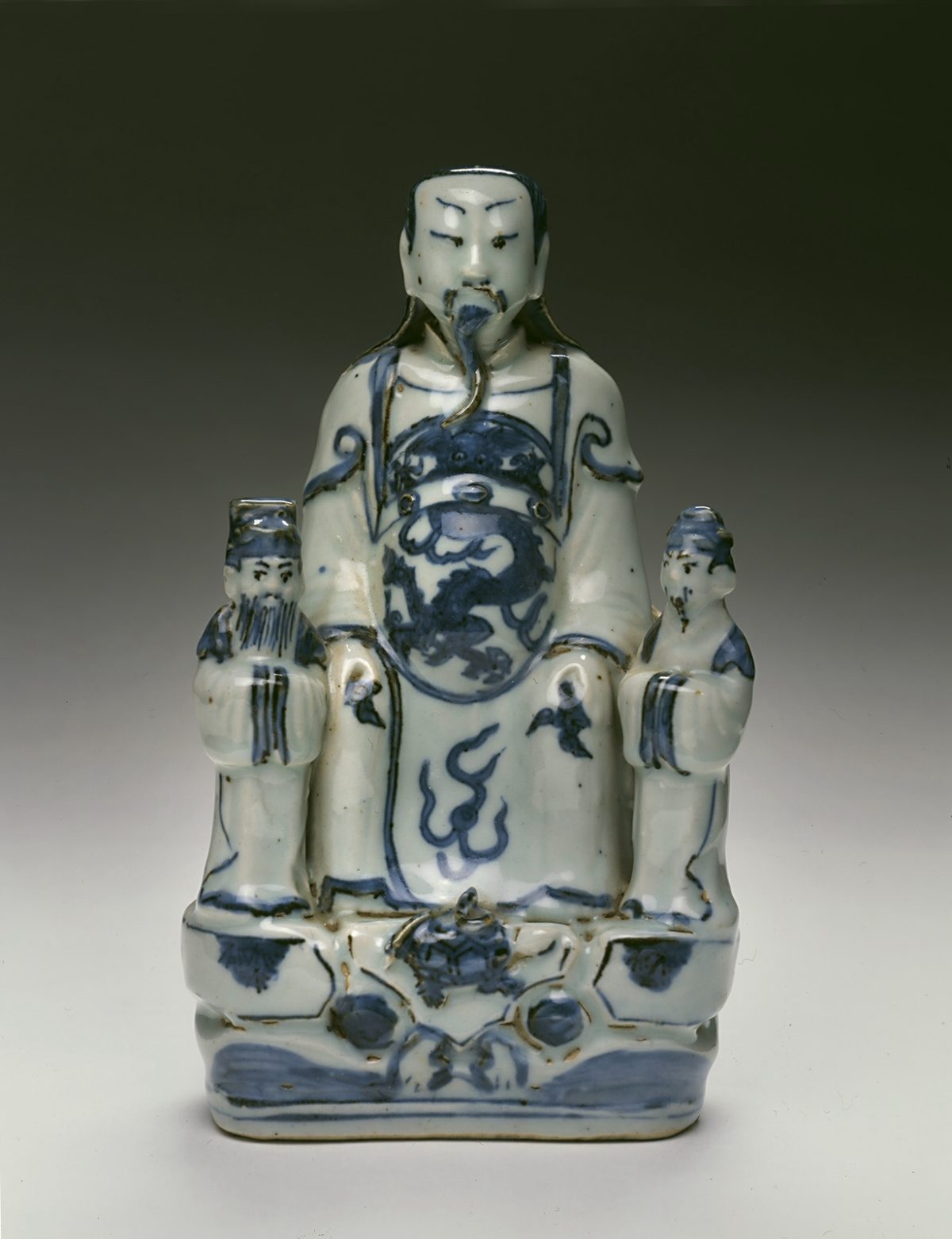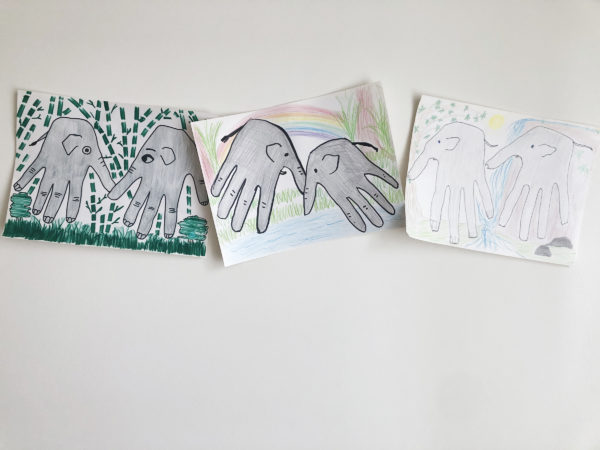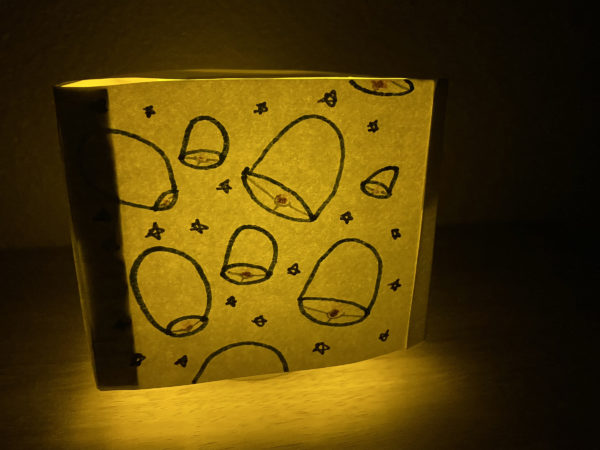Video
Beliefs and Religions of the Ming Dynasty (1368–1644)

Ming Dynasty Art
China’s emperors believed that Heaven bestowed upon them a divine mandate to rule — thus their title “Son of Heaven.” This mandate was hereditary but could be withdrawn at any time and bestowed upon another family if Heaven deemed it appropriate. Emperors spent vast amounts of time and state resources to ensure that this did not occur. Communication with Heaven was through the ancestors by means of an enormous number of rites and rituals, and numerous objects created for the court were used for this purpose.
Many of the rituals were seasonal, and by the Ming dynasty there was at least one every month; these rituals took on prescribed forms with carefully determined and properly performed dance, movement, and sacrifices. This state religion was not the only one practiced by members of the Ming court. By the beginning of the dynasty, Confucianism had taken on many of the trappings of religion, and the worship of Confucius as a deity by members of the court and the broader populace was not uncommon. Many court members, including some emperors, were also fervent supporters of Taoismand Buddhism. Artworks provide evidence of the interest of the Yongle emperor (reigned 1403–1424) in Tibetan Buddhism; many other court members were important patrons of Buddhist sites and temples in and around Beijing. Several emperors were criticized for their involvement in Buddhism and Taoism. The Chenghua (reigned 1465–1487) and Jiajing (reigned 1522–1566) emperors in particular were criticized for allowing Taoism to interfere with their running of the state.







